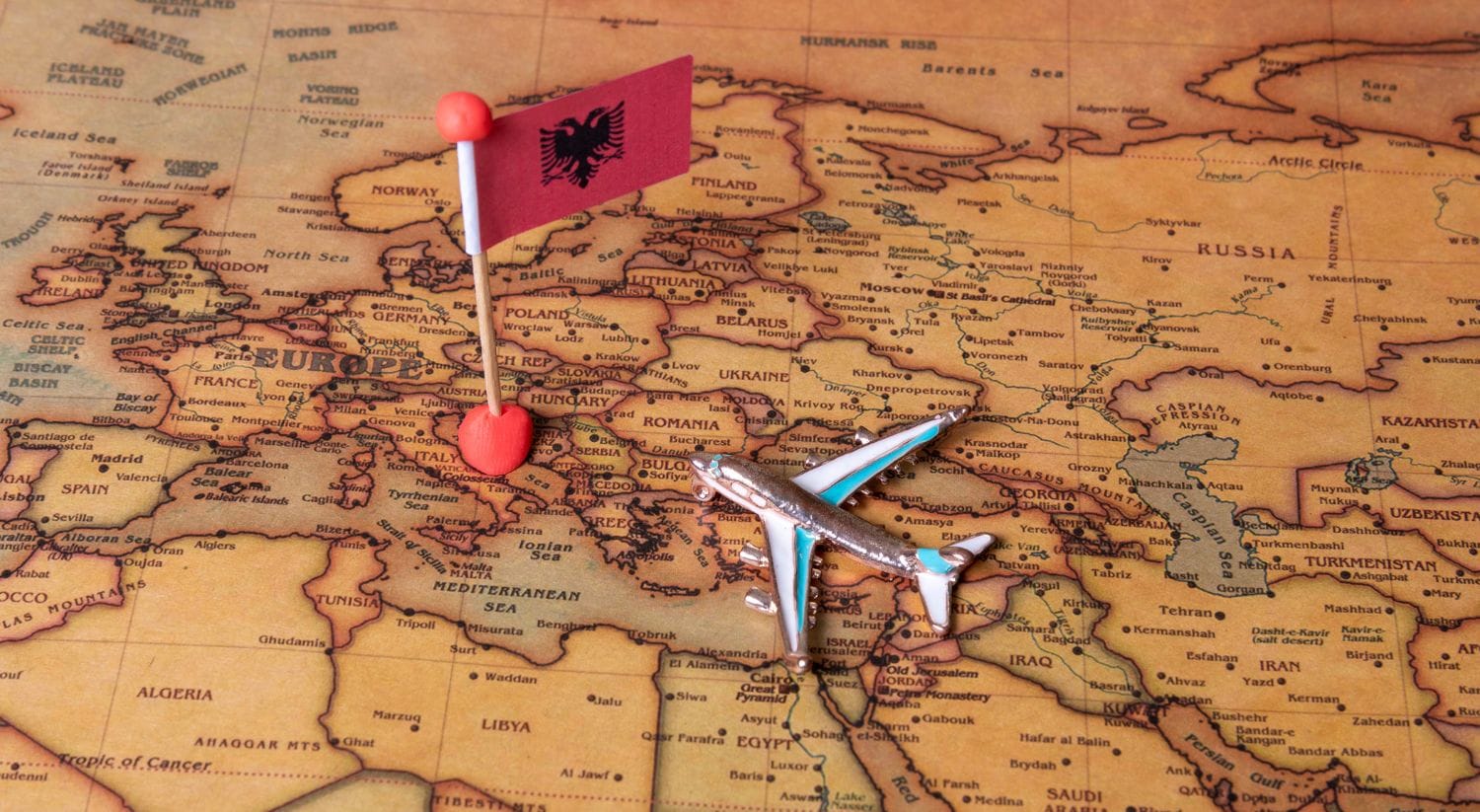
Today, we’re going to explore the Albanian language—its roots, cultural value, and global reach. This beautiful and unique language is classified as one of the Balkan languages and is spoken by over seven million people worldwide. But Albanian isn’t limited to just Albania, Kosovo, and the Balkan Peninsula. It’s also spoken in countries like Greece, Serbia, Bosnia and Herzegovina, and Montenegro. In fact, Albanian holds significant influence throughout much of Southeastern Europe.
Albanian migration over the years has helped spread the language far beyond its borders, reaching places as distant as the United Kingdom and the United States. Today, it is recognized as one of the most influential languages along the northeastern Mediterranean coast.
That’s why we’re taking a closer look at this ancient and historically rich language, full of character and cultural depth. We’ll also explore how Albanian continues to shape modern Albania, its people, and its future.
Get ready to dive into one of Europe’s oldest and most fascinating languages!
The linguistic roots of Albanian: Cultural richness and historical depth
When learning a new language, understanding its historical background is essential. It helps us make sense of many of the unique linguistic features that enrich the language, offering a broader perspective that explains its structural characteristics. This understanding allows us to better grasp complex elements like grammar and regional idioms. In the case of Albanian, exploring its past is key to understanding both its present and its future.
Albanian is much more than just a language—it’s a living testimony to an ancient culture that has preserved its identity through centuries of foreign influence. In this article, we’ll take a closer look at the linguistic roots of Albanian through its fascinating history. This journey will reveal why Albanian offers a unique window into the Balkans. Let’s dive in!
Albanian: A language with its own branch
While most European languages fall under clearly defined linguistic branches—such as Germanic, Romance, or Slavic—Albanian stands alone as an independent branch within the Indo-European language family. This means that while it shares a common ancestry with Latin, Greek, and Sanskrit, it has evolved independently over time.
Its origins trace back to the ancient Illyrian tribes that once inhabited the western Balkans. Although no direct link has been firmly established between Illyrian and modern Albanian, many linguists believe that Albanian is the closest living descendant of these ancient languages.
Two dialects, one language
The Albanian language consists of two main dialects: Gheg and Tosk. Gheg is spoken north of the Shkumbin River, while Tosk is spoken to the south. Modern standard Albanian is based on the Tosk dialect, especially following the language reforms implemented during the communist regime in the latter half of the 20th century.
Both dialects are mutually intelligible, although they exhibit differences in pronunciation, vocabulary, and grammar. Understanding this division can be very helpful if you’re planning to travel or interact with Albanian speakers from various regions, including Albania and Kosovo.
Albanian in a geographical context
Today, Albanian is spoken by over 7 million people. In addition to being the official language of Albania and Kosovo, it is also spoken in:
- North Macedonia
- Montenegro
- Southern Serbia, especially in the Preševo Valley
- The Epirus region of Greece
There are also large Albanian-speaking communities in countries such as Italy, Switzerland, Germany, and the United States. In Italy, the Arbëreshë community—descendants of Albanian immigrants—has preserved the language for generations. They are mainly located in Sicily and Sardinia, but significant populations also reside in southern mainland regions like Naples and Calabria.
Despite coexisting with dominant languages in many of these regions, Albanian has remained resilient, a testament to the strong cultural identity and pride of its speakers.
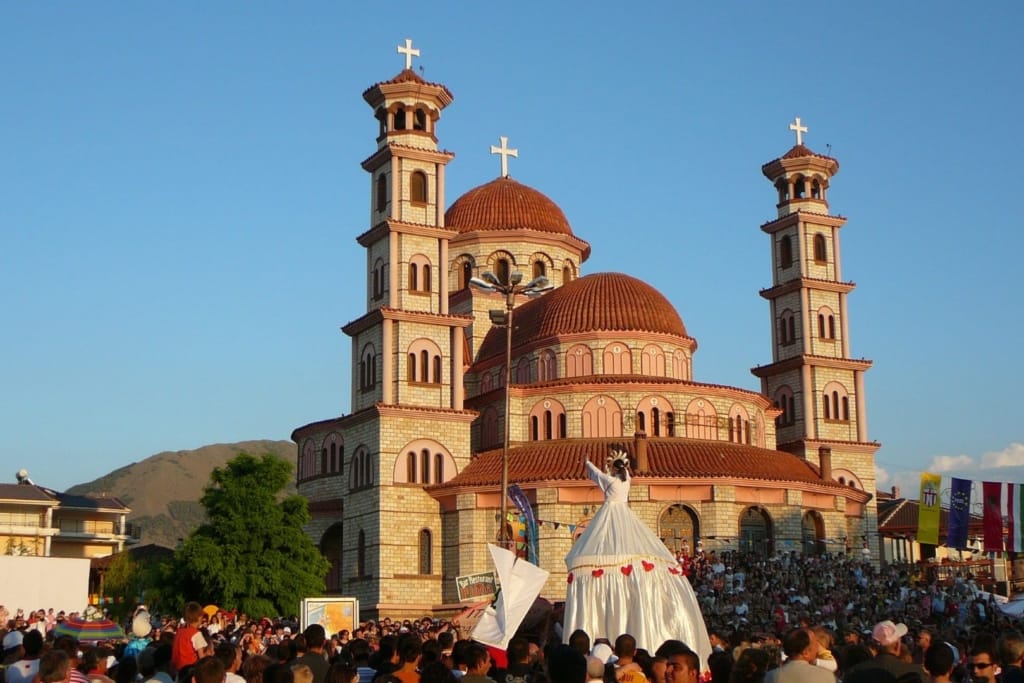
The history of the Albanian language: A story of resistance and transformation
Until well into the 15th century, Albanian was not a written language, and the earliest surviving texts date back to the 16th century. For many centuries, especially during the Ottoman occupation, the use of the Albanian language was heavily suppressed. This led to limited or virtually non-existent Albanian-language education. Despite these obstacles, the language survived through oral tradition and the efforts of intellectuals committed to preserving national identity.
The Albanian national awakening and the rise of the language
The revival of the Albanian language gained momentum in the 19th century with the rise of the Albanian National Renaissance, known as Rilindja. This cultural and political movement promoted literacy, the establishment of schools, and the standardization of the written language. A crucial milestone came in 1908 at the Congress of Monastir, where the Latin alphabet was officially adopted. This marked a turning point, replacing the Greek, Arabic, and Cyrillic scripts that had previously been used depending on the region and religion.
The Albanian alphabet
The modern Albanian alphabet consists of 36 letters and is based on the Latin script. While it may appear visually familiar to Spanish speakers or other Latin-based language learners, it features several unique sounds. These will require special attention if you decide to learn this fascinating language.
Albanian is a highly phonetic language, meaning most words are pronounced exactly as they are written. However, there are specific vocal modulations and sounds unique to Albanian that are not found in other Balkan languages like Bosnian or Greek. And this uniqueness is largely the result of…
External influences that shaped the unique character of Albanian
Over the centuries, Albanian has absorbed vocabulary from Greek, Latin, Slavic languages, Turkish, and more recently, Italian and English. Yet, despite these borrowings, the language retains a core lexicon that is distinctly Albanian. This blend of ancient and modern elements gives the language a unique character while preserving its strong identity—one of its greatest strengths today.
Additionally, many Albanian words have roots in Proto-Indo-European, especially those related to the human body, nature, and family relationships. What does this tell us? It points to the deep historical roots of the language. Much like the Romance languages, Albanian doesn’t hide its past.
On the contrary, it embraces it—weaving its history into the present with pride. But how does the Albanian language influence daily life in this part of the Balkans? Let’s explore some fascinating cultural insights in the next section.
Curious facts about the Albanian language and unique Albanian traditions
If you’re interested in learning Albanian, you’ll quickly discover that this language is full of fascinating quirks. These linguistic curiosities make it a true gem within the European and global context. Moreover, the cultural environment in which Albanian is spoken—especially in Albania—is rich with traditions and customs that are likely to surprise you.
A unique language unlike any other in the Mediterranean
One of the first things to know is that Albanian is unlike any other Mediterranean language. While it belongs to the Indo-European language family, it does not share a direct lineage with any other language group.
In other words, Albanian is not part of the Romance or Germanic branches, which include languages like Spanish, French, or English. Instead, Albanian stands as its own branch, and much of its uniqueness is due to its rich and ancient history.
There are two main dialects of Albanian:
- Gheg, spoken north of the Shkumbin River
- Tosk, spoken to the south
The Tosk dialect is the foundation for standard Albanian, the official form spoken by over 7 million people worldwide. This dialectal division also reflects deeper cultural and social differences across the country.
An alphabet designed for a modern language
Unlike many other languages that adopted the Latin alphabet with minimal changes, Albanian created its own modernized version. The Albanian alphabet has 36 letters, compared to fewer than 30 in languages like Spanish or French.
Why the “extra” letters? This is because Albanian uses several digraphs—combinations of two characters that represent a single sound. For example, “dh” and “gj” are each considered one letter in Albanian. These combinations reflect unique sounds that don’t exist in other languages.
This phonetic system actually makes pronunciation easier, once you learn the basic rules. To master Albanian, you’ll need to memorize and internalize these specific sounds. And along the way, you’ll encounter some truly interesting features of this rich language.
Albanian idioms: Cultural expressions that defy translation
Like any language, Albanian is filled with idiomatic expressions that reflect its deep cultural roots. Here are a couple of common sayings you might come across:
- “I ka rënë miza në kokë” – Literally, “A fly has landed on their head.” It means someone has suddenly become melancholic.
- “E ka me hile” – Translates to “They do it with trickery.” It implies that someone has hidden motives or is acting with deceit.
These are just a few examples of Albanian idioms that don’t translate well word for word. That’s why, if you’re traveling in Albania or Kosovo, it’s not recommended to rely on just any basic translation tool. Instead, use a smart translator app, like Talkao’s AI-powered translation tools, which can help you expand your vocabulary while offering insight into local humor and mindset.
Hospitality as a way of life
One of the most defining features of Albanian culture is its deep-rooted sense of hospitality. In Albania, welcoming guests is seen as both an honor and a sacred duty. It’s common to be offered coffee or a meal—even by someone you’ve just met.
This tradition is rooted in the Kanun, an ancient code of customary laws that still influences daily life in many parts of the country.
Here are a couple of cultural habits that may surprise visitors:
- Nodding and shaking your head: In Albania, nodding up and down can mean “no,” while shaking side to side might mean “yes.” While this is changing among younger generations, it can still lead to misunderstandings.
- Coffee as a daily ritual: Coffee isn’t just a beverage—it’s a social institution. People commonly meet several times a day for coffee and conversation, reflecting the strong value placed on social interaction.
Language as a supranational identity of Albanian culture
There is no doubt about it—Albanian is more than just a means of communication. It is a powerful symbol of national identity that extends far beyond Albania’s borders. The country has endured long periods of foreign rule, first under the Ottoman Empire and later under communist regimes.
Throughout these difficult times, language played a crucial role in preserving cultural identity. Learning Albanian became a way for people to reconnect with their roots—a way of seeing the world grounded in their history and in the ongoing struggle to preserve their unique culture. While Albanians and Kosovars are deeply proud of their language, it’s important to note that the Albanian language is not monolithic.
Regional variations and the Albanian diaspora
One key sociopolitical and cultural factor is the Albanian diaspora. Due to forced migrations, Albanian spread to regions such as Kosovo, North Macedonia, Montenegro, Greece, and Italy. In each location, the language evolved and adapted, incorporating regional nuances and vocabulary.
This means you’ll notice distinct differences in how Albanian is spoken depending on the region or community. The Albanian spoken in Albania is not exactly the same as that in Kosovo, and diaspora dialects often differ from those spoken in the homeland. Of course, this is not unusual—it happens with every language around the world.
Music, dance, and oral tradition
Another gateway into the Albanian language is its rich tradition of folk music and dance. Many Albanians continue to tell stories through songs, a cultural practice that can also enhance your language learning experience. Dances like the “valle popullore” (traditional folk dance) are still performed at family gatherings and national festivals.
Albanian culture has also been deeply shaped by centuries of resistance. Its literature is a reflection of rebellion, struggle, and the pursuit of freedom. Albanian has even found its place in the Bible, and despite attempts by empires to abolish it, the language has endured centuries of oppression.
Albanian has survived Roman, Ottoman, and Soviet invasions. It has resisted foreign suppression, political regimes, and armed conflict. And like a phoenix rising from the ashes, the Albanian language continues to stand tall. It’s not just a language—it’s a banner of identity and resilience.

Useful Albanian expressions for your travels
In recent years, Albania has become an increasingly popular tourist destination. With its breathtaking mountains, valleys, and coastline, it’s no surprise that Albania is considered one of the best value-for-money vacation spots in Europe. Truly, a destination worth discovering.
When traveling to Albania or any region where Albanian is widely spoken, having a reliable translator is key. That’s why Talkao’s smart translation apps are highly recommended. For instance, the Talkao Translate app lets you translate conversations in over 125 languages with ease.
With features like text translation, camera translator, and augmented reality translation, you’ll enjoy your trip to the fullest. These tools will help you explore the country, admire its natural beauty, and—most importantly—connect with its warm and welcoming people.
For now, here are a few essential Albanian expressions to get you started:
Greetings and farewell
| Greetings en Albanian | |
|---|---|
| Greeting | Expression & Meaning |
| Formals | Mirëmëngjes (Miremehndyes): “Good morning” |
| Mirëdita (Mirëdita): “Good afternoon” | |
| Mirëmbrëma (Mirëmbremah): “Good night” | |
| Casual | Përshëndetje (Përshëndetye): “Hello” |
| Tungjatjeta (Tungyatjeta): “Hi!” | |
| Farewell in Albanian | |
|---|---|
| Farewell | Expression & Meaning |
| Formals | Mirupafshim (Mirupafshim): “Goodbye” |
| Natën e mirë (Natën e mirë): “Have a good night” | |
| Casual | Shihemi më vonë (Shihemi më vonë): “See you later”. |
| Tung (Tung): “bye!” | |
Numbers & days of the week
| Numbers in Albanian | |
|---|---|
| Number | Albanian |
| 1 | Një (Nyeh) |
| 2 | Dy (Dü) |
| 3 | Tre (Tre) |
| 4 | Katër (Katër) |
| 5 | Pesë (Pesë) |
| 6 | Gjashtë (Gyashtë) |
| 7 | Shtatë (Shtatë) |
| 8 | Tetë (Tetë) |
| 9 | Nëntë (Nëntë) |
| 10 | Dhjetë (Dhjetë) |
| Days of the week in Albanian | |
|---|---|
| Day | Albanian |
| Monday | E hënë (E hënë) |
| Tuesday | E martë (E martë) |
| Wednesday | E mërkurë (E mërkurë) |
| Thursday | E enjte (E enjte) |
| Friday | E premte (E premte) |
| Saturday | E shtunë (E shtunë) |
| Sunday | E diel (E diel) |
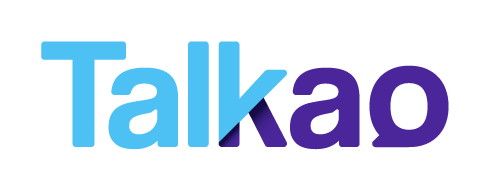




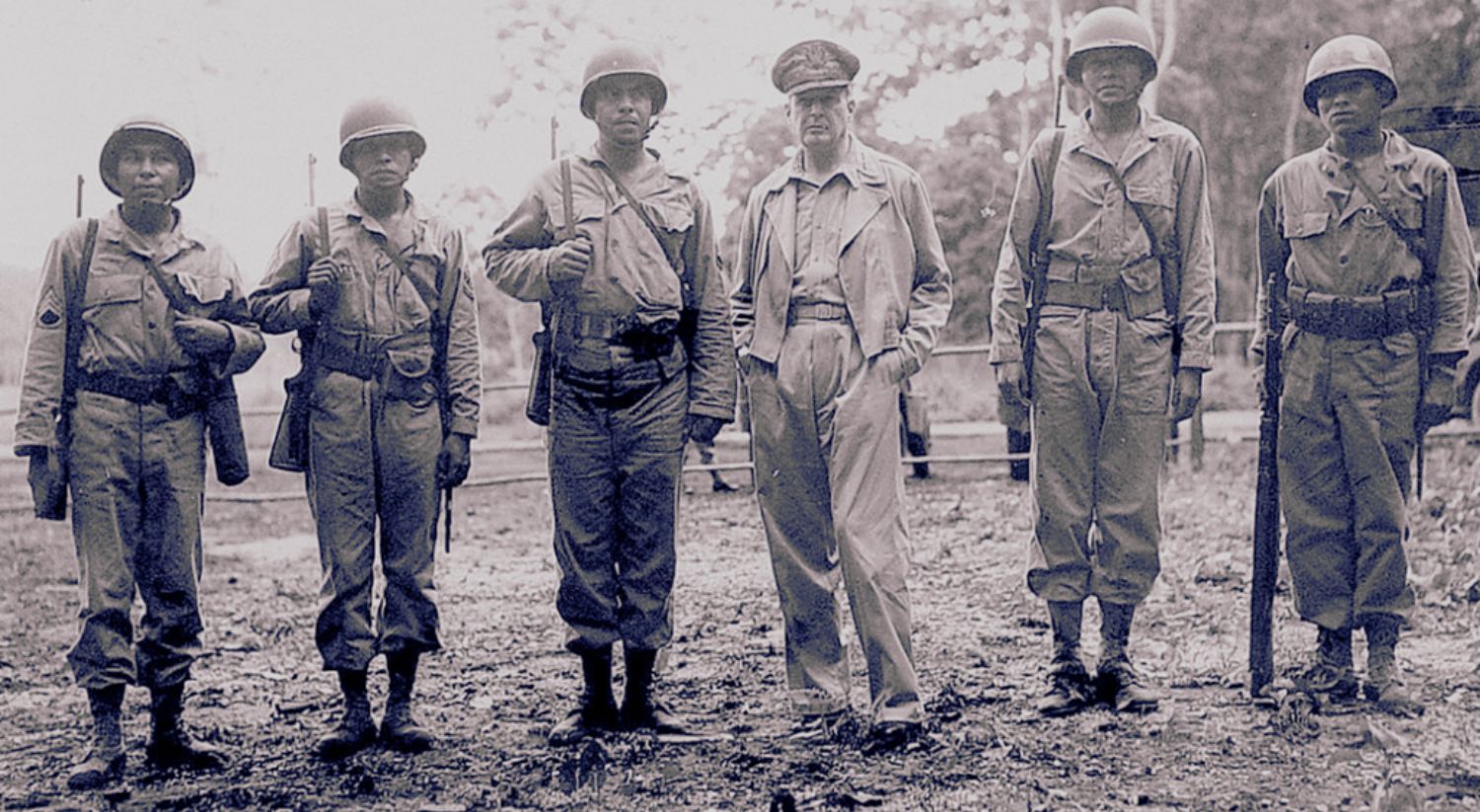
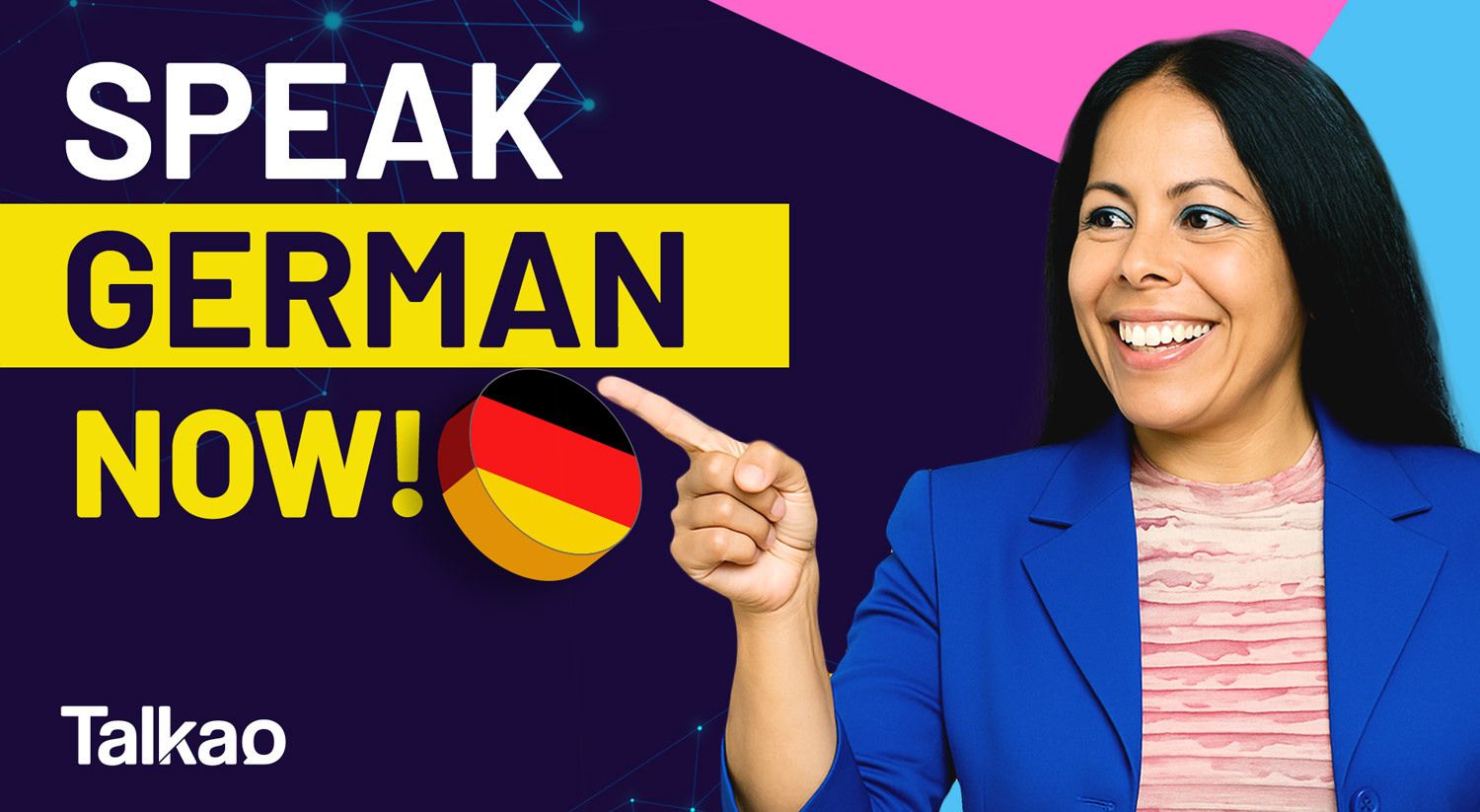
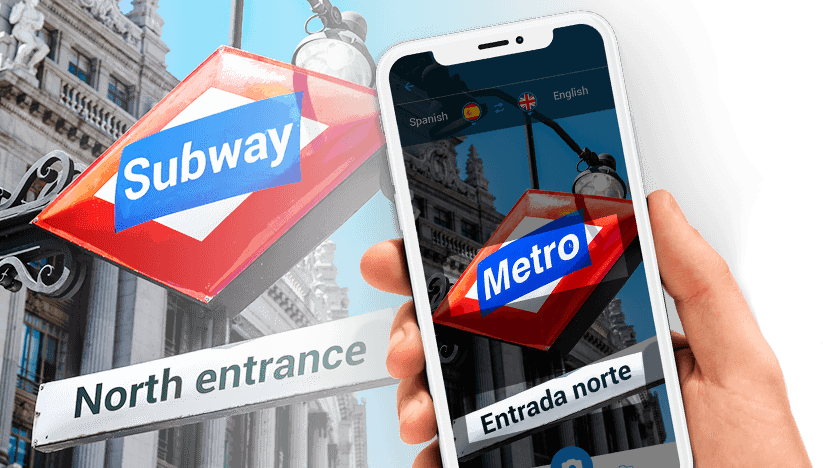




Newsletter